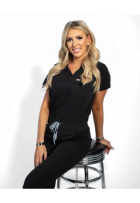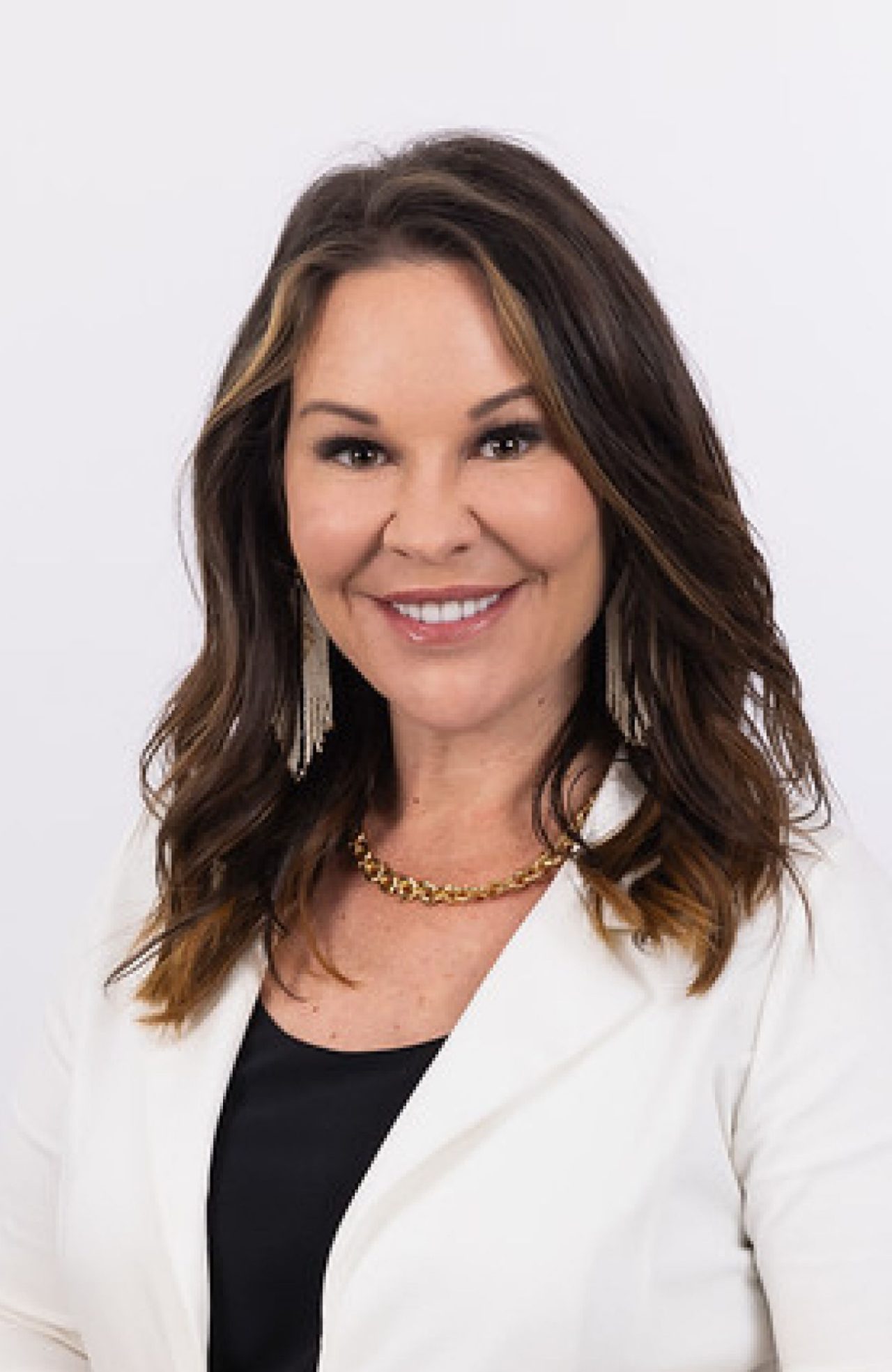
Tips for Treating Patients New to Medical Aesthetics
Our panel of experts weighs in with their best advice
Patient interaction is a big part of any Medical Aesthetics career. Many of our experts highlight the importance of building long-term relationships with their patients, but what do top Medical Aesthetics providers do when treating a first-time patient, whether they’re new to the practice or seeking their first Medical Aesthetics treatment? Whether a new patient is a social media-educated expert on neuromodulators or is unsure about taking the plunge into a specific treatment recommendation, we’ve brought together a group of experts to share what works for them.
Ashley Louise Bohling’s, PA-C, top tips for a new patient.
Chicago-based Ashley Louise Bohling, PA-C, is a lip specialist first and foremost, but in order to provide patients with a more comprehensive set of service offerings, she works out of a surgical center. One of the advantages to that is being able to make additional providers accessible to her patients.
“If a patient wants to understand all their options, I’m able to refer them for a consultation on the spot with myself or my business partner, who is a plastic surgeon. The most important thing is helping the patient figure out what plan of action is most suitable for them.”
She also points out the advantages of working with providers who share her values of honesty, integrity, and patient safety. “As a lip specialist, I have a lot of patients who are young adults (over 21 years) or first timers, so I want them to have an experience that is as safe as possible, and that’s something everyone at the practice agrees with. We also love to educate our patients as much as possible about appropriate treatments that are right for them.”
Whether seeing a new patient or a returning patient, Ashley does not do virtual consultations. “I like to physically touch my patient to assess any previous work done and to check their skin turgor. You never know what someone actually looks like based off of photos that could be photoshopped or filtered,” she explains. “It helps put patients at ease knowing that I want to take the time to do an in-person consultation to create customized treatment recommendations.”
What Ginille Brown, NP, thinks is important when seeing new aesthetic patients.
Ginille Brown, NP, is incredibly focused on building patient relationships and connecting with the people she treats in her Los Angeles practice. “If I had a mantra, it would be ‘have a conversation with your patient,’” she says.
For Ginille, really listening to and understanding her patients’ goals and objectives is half of that conversation. Transparent education is the other half. “The biggest thing for me is just explaining everything to my patients so that they can understand what’s going on. The first time, they might not get it—the language of Medical Aesthetics may be completely foreign to them. So explaining the treatments they could do, why, and what the outcome could be is really important.”
In addition to making sure her patients are as informed as they can be before a procedure, Ginille takes steps to make sure she is equally informed about her patients. “Before they even come into the clinic for a consultation, I have a virtual session to go over any questions they have, learn about their aesthetic goals, and give them tips about what to expect and how to prepare. I want people to know what they’re getting into and never make a rushed decision, so I do a lot of prework upfront,” she explains.
“I want my patients to know what’s going on and why. At the end of the day, I think patients just want to be heard,” Ginille says. “The more I know about my patient, the better I can treat them.”
Denisse Serrano’s, PA-C, expert advice for seeing a new patient.
For Denisse Serrano, PA-C, treating new patients at the New York City med spa she works out of begins with a thorough consultation. “I really do take my time with my consultations,” she says. “I don’t take them lightly. It’s about educating the patients and letting them in on what we, as the injectors, are thinking. Patients are smart. They may not understand the medical jargon, but they’ll understand and believe you if you’re confident in what you are saying.”
Even though her patients are smart and often well informed, Denisse establishes herself as a credible and expert professional and spends extra time doing this with her new patients. “‘I'm going to take some photos of you so that you can see yourself from different dimensions, not just from the front view but also from the side view. And then we're going to analyze your anatomy and assess you. I’ll tell you what I think we should do and give you the best options.’ Then we go through the photos to come up with treatment recommendations.”
Sometimes that may mean telling a patient no, which Denisse says is challenging to do in some instances, but is the prudent decision to make for the sake of patient safety as well as for providing a positive experience.
“I always tell a patient that I have two main priorities. Number 1 is their safety,” she says, “and number 2 is achieving your desired aesthetic goals. It’s important for me to convey that to every single one of my patients, especially a first-time patient. It’s really the first step to building a long-term relationship.”
How Amy Hatcher, APRN, approaches working with a new patient.
At Amy Hatcher’s, APRN, Murfreesboro, Tennessee, practice, all patients fill out an aesthetic interest questionnaire to help prepare for their consultation. “It’s absolutely critical in opening the door to the assessment and recommendations that are appropriate for that client.”
A patient care coordinator walks each patient through the entire questionnaire step by step, and patients are encouraged to answer thoroughly and thoughtfully. Part of the questionnaire includes a list of different treatments and aesthetic concerns for the patients to check off. “For me, the check mark is an invitation to have a conversation.”
Amy has noticed that the demographics of her patients are shifting, and young adults are coming in seeking treatments. “These patients are definitely more educated. They’ve done their homework, they’ve researched on social media, and they come in and know what results they want. Our older patients are more receptive to the full assessment, and whatever treatment recommendations come out of that to help achieve their aesthetic goals,” she says.
New patients may have anxieties about pain or discomfort stemming from certain Medical Aesthetics treatments, so Amy and her staff take extra steps to make their patients feel comfortable and relaxed. She trains her staff on methods to inject as gently as possible, and she makes sure to provide patients with numbing cream and even stress balls during their treatments.
Transparency about pain is also important at Amy’s practice. “We want our patients to be aware of what’s happening throughout their treatment experience,” she says, “And part of that is talking them through a procedure in a relatable way. We’ll use words and phrases like, ‘it’s going to pinch a little,’ or ‘sting,’ or even ‘this one is going to be spicy.’ It helps patients know what to expect and cope with discomfort a little better than they might have otherwise.”
For Amy, creating a positive patient experience and going from a first-time patient to a long-term relationship starts and ends with the golden rule. “I’ve always just built my whole practice around treating people the way I want to be treated.”
Keep reading about creating positive patient experiences.
In Medical Aesthetics, the patient always comes first. Check out these other articles for more helpful information you can use in your own patient interactions:
- Medical Aesthetic Treatment Recommendations for Adult Patients of Every Age
- Shelby Miller Strives to Make Her Practice an A1 Experience
- How Experts Use Aesthetic Assessments to Help Achieve Patient Goals
MEET OUR PANEL:

CREDIT
About Ashley Louise Bohling, PA-C
Ashley Louise Bohling is a certified physician assistant aesthetic injector based in Chicago, Illinois. She received her bachelor of science degree at Purdue University and master of physician assistant studies at Indiana State University in 2017. In 2018, she left orthopedic surgery to pursue Medical Aesthetics, where she specializes in facial anatomy, clinical training, and expertise in aesthetic injections to achieve nonsurgical results for her patients.

CREDIT
About Ginille Brown, NP
Ginille Brown is a registered aesthetic nurse practitioner who owns a med spa in Los Angeles, California. In addition to being educated at Stanford University and Duke University School of Nursing, she has received training from some of the top aesthetic practitioners in the world. She has been an aesthetic injector since 2013 and continually researches the newest evidence-based practices to provide innovative treatment options for her patients.

CREDIT
About Denisse Serrano, PA-C, MS, Diplomate Fellow
Denisse Serrano is a board-certified and experienced dermatology and aesthetic medicine provider currently practicing at a med spa in New York City. A graduate of the Physician Assistant Program at Rutgers, The State University of New Jersey, Denisse has experience dealing with a variety of skin conditions, injectable procedures, and a vast number of laser surgeries. She is a leader and educator in all injectable and noninvasive energy device procedures and holds several professional memberships and certifications.

CREDIT
About Amy Hatcher, APRN
Amy Hatcher is a board-certified family nurse practitioner who completed her degree from Vanderbilt University in 2002, where she graduated cum laude. Amy is certified as a master aesthetic injector and has trained throughout the country. In 2008, she opened her own practice in Murfreesboro, Tennessee, where she developed deep roots and a sense of community that continues to be an integral part of her practice. She aims for great results by treating clients like family, by caring, sharing, and working with each individual client to help them achieve their aesthetic goals.


